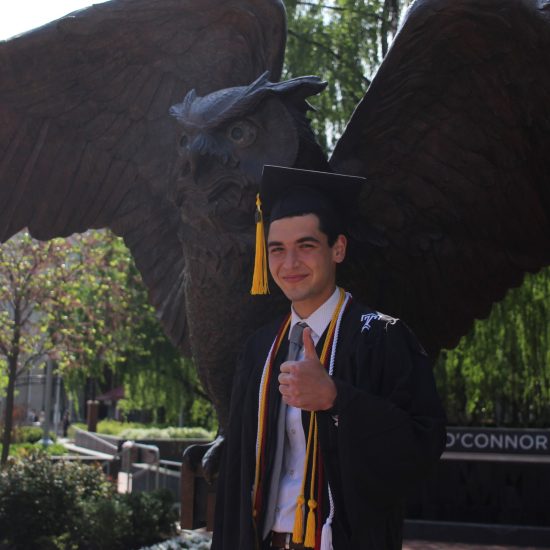Tier 1: The Most Efficient Spending Teams
Here is the top tier of efficient spenders by $ per fWAR:
NOTE: The “Dollars Spent” reflects the period from the 2011-12 offseason up until the 2020-21 offseason. See the “Methodology” section for more detail. The World Series and Playoff Appearance categories were just for fun. I thought it might be interesting to see if getting good value from free agents might be correlated to playoff appearances or World Series appearances, but it doesn’t look that way.
I was not particularly surprised by the top teams on this list. It’s harder to really “swing and miss” on big free agents if you simply never sign a big free agent, and lower-spending teams overall (most of these teams typically run bottom-10 payrolls year in and year out) don’t go out chasing big free agents… or even medium free agents. They’re perfectly content to be bad for a while and then supplement homegrown cores with free-agent spending. Teams like the Rays and the Pirates specifically spent more in free agency in off-seasons following or immediately preceding playoff appearances.
Pittsburgh Pirates
Pittsburgh didn’t commit more than $40 million in a single offseason during this time period, and their biggest commitment was a $21.5 million contract with Francisco Liriano, signed during the 2014-15 free agency period. They followed the philosophy of “no harm, no foul” when it came to contracts, as most of the dollar commitments were short-term or carried low AAVs, which makes it much easier to cut bait with them after a bad season or two.
October 1, 2013: “CUE-TO, CUE-TO.” During the NL Wild Card Game, Johnny Cueto is shook from the PNC Park crowd, drops the ball, then Russell Martin hits the Pirates’ 2nd home run of the second inning.
Pirates beat the Reds 6-2. pic.twitter.com/0OH1V505J0
— This Day In Sports Clips (@TDISportsClips) October 1, 2020
Hey, wait a minute! I’m still mad at Bob Nutting for not spending more. So here’s some bad stuff the Pirates’ front office did in their “worst” free agent class of the 10-year period by fWAR:
Rod Barajas was really, really bad in 2012!
Tampa Bay Rays
Tampa’s “big” offseason was the 2013-14 free-agent period. In total, the Rays committed just over $47 million during that time. Unfortunately, it was a stinker of a class, because the Rays garnered a total of 0.5 fWAR from the guys they picked up:
It looks as though the Rays were trying to supplement their core pieces with a few extra guys to try to push them back to the playoffs in 2014 after a playoff appearance in 2013, but unfortunately, the Rays fell short in 2014 and would not make another postseason appearance until 2019.
On the flip side, the Rays’ big winner of an offseason was the 2020-21 offseason:
What an offseason! Mike Zunino hit some absolute tank shots, Collin McHugh pitched really well out of the bullpen, and the Rays even worked their magic on Michael Wacha!
MIKE ZUNINO HIT IT 472 FEET 😱
That's the longest by a Rays player since HR tracking began in 2008. pic.twitter.com/RxfBeCNkBS
— ESPN (@espn) May 12, 2021
Oakland Athletics
The Oakland Athletics, unsurprisingly, also spent a fairly small amount in free agency over the past few seasons. They’re in a class above the Rays and Pirates in terms of overall spending but have managed to be superbly efficient with their spending, getting good value out of most of their signings or learning to cut bait with the bad ones before they get especially bad. The Athletics had a couple of rough contracts, though:
Billy Butler might be the worst contract handed out by any of the three teams in this tier, but he won’t be anywhere close to the worst contract handed out by any team in this exercise.
The A’s winner of an offseason was 2011-12:
See, it sure does help when you sign the top international free agent of the period in Yoenis Cespedes. But the A’s didn’t miss at all in this offseason, getting 2+ fWAR from every free agent. And the A’s best $/fWAR value wasn’t even from Cespedes, it was from Coco Crisp. The Cespedes contract yielded further dividends outside of fWAR contributions, as the A’s were able to trade Cespedes for Jonny Gomes (yep, same one) and Jon Lester in July 2014, in the midst of an AL West title race.
Rewatching the ridiculous Yoenis Cespedes throw and I think the most impressive part of the play was Yo getting a perfect grip on a bouncing ball with the barehand pic.twitter.com/4wbNf3egjT
— Ben Porter (@Ben13Porter) July 15, 2020

